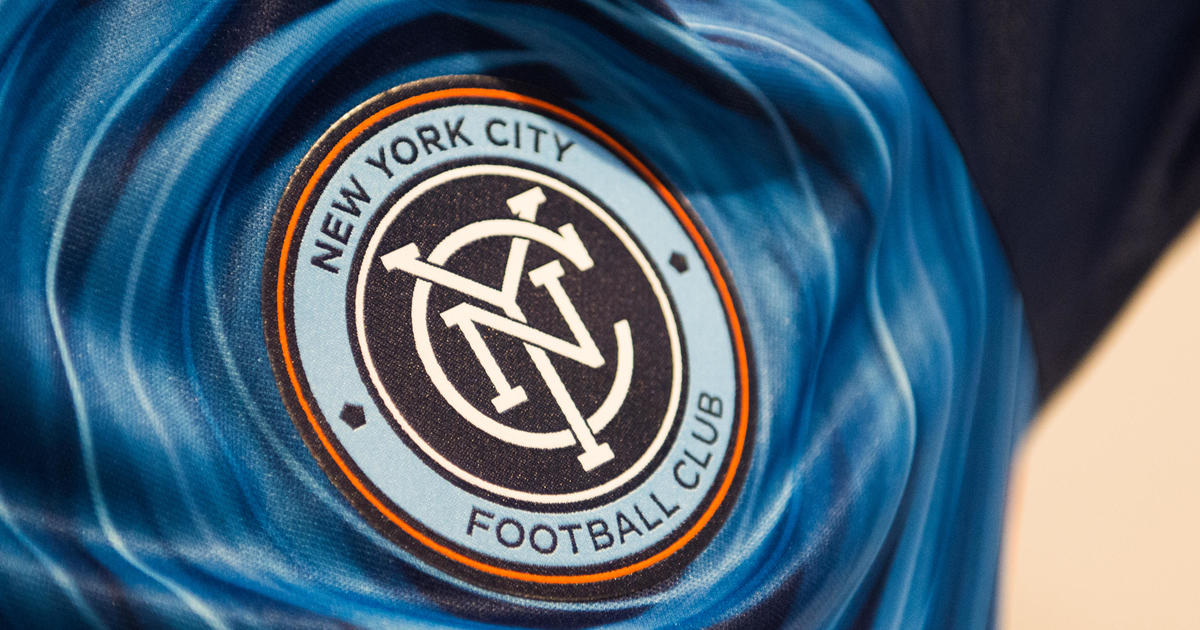Hartnett: Rangers' Penalty Kill Has Become Their Achilles' Heel
By Sean Hartnett
» More Columns
You can win the Stanley Cup with a mediocre power play, but you'll never have a shot with a weak penalty kill.
When a team wins the territorial battle and generates a far greater number of scoring chances, it is going to come out the winner in most cases. On Wednesday night, the Rangers dominated the defending champion Chicago Blackhawks at even strength and scored twice on the power play.
"We played a good game," head coach Alain Vigneault said. "In my mind, we outshot them, outchanced them. We had some good offensive zone time."
But an underperforming penalty kill did the Rangers in, as it has most of the season. The Blueshirts surrendered goals on three of four man-down situations during the 5-3 defeat. Vigneault said he understands the importance of a stingy penalty kill and the need for the Rangers to improve in shorthanded situations. They simply can't keep handing lay-ups to opponents.
"Unfortunately on our PK, we made three bad reads and the puck ended up in the back of our net," Vigneault said. "We definitely need to be better than that, especially on a night like tonight where the power play comes up big for us. We're down by a goal after two great periods, the power play comes up big. We've got to find a way to be able to get it done."
Whether its the electric Blackhawks' 22.9 percent power play or the man-up units of any of the other 28 teams in the NHL, the Rangers cannot afford to leave lanes open like they did on Wednesday -- or leave the back door open, or allow a scorer to set up unguarded at the weak-side post.
The Rangers' strong penalty killing in past seasons was key to their sustained success as an Eastern Conference powerhouse. A successful kill thrives because of aggressiveness and attacking in four-man units. The idea is for penalty killers to swarm and disrupt the puck movers.
"Speed is very important for our kill," assistant coach Ulf Samuelsson told WFAN.com back in late October. "We're looking at trigger points, we're looking at getting loose pucks, we're looking to attack a little bit as well on the PK. That's the balance we're trying to find. When there is an opportunity, you need all four skaters to recognize it at the same time. If one guy recognizes it, a lot of time there's enough skill on the PK to make one play. When you get into your second and third play, that's when (opponents) get rushed and make plays out of their comfort zone."
At that point of the season, the Rangers had killed off 18 consecutive power plays and their man-down unit was clicking near 88 percent. The Rangers have since been vulnerable and their penalty kill success rate has fallen to 76.9 percent -- third worst in the league.
"We used to be extremely good at doing the little things well," goaltender Henrik Lundqvist said. "That's what we have to come back to, and I have to come up with that extra save. Together, we need to figure this out. It's not one guy, it's not two -- it's four, plus me."
One has to wonder how much of the blame falls on personnel. The Rangers waived Jarret Stoll in mid-December. He is now skating for the Minnesota Wild. Stoll is a two-time Stanley Cup winner and a veteran who prides himself on being a communicator on the ice, on the bench and in the dressing room.
"Jarret is a terrific player in his role," Samulesson said back in October. "He knows what to do. He's not afraid to play when the game is on the line. He will execute and do the things he's called upon to do when the game is on the line. That's what's made him a winner over his career. We're very blessed to have him. He explains things well. The communication is there."
The Rangers picked up Daniel Paille off the AHL scrap heap as a stopgap solution. While Paille deserves time to readjust to NHL speed and get games under his belt, it's unclear whether he can regain the effectiveness of his peak years as a Boston Bruins' penalty kill ace.
Like Lundqvist said, it isn't one player or two players, it's a team issue. For a long stretch now the Rangers have left the net-front open, and have struggled with positional and communication lapses.
With the Feb. 29 trade deadline looming, the Rangers need to figure out if the current group of players can get it together, or whether moves need to be made to acquire the sort of shorthanded dynamos that can lift the PK out of its funk.
Follow Sean on Twitter at @HartnettHockey



